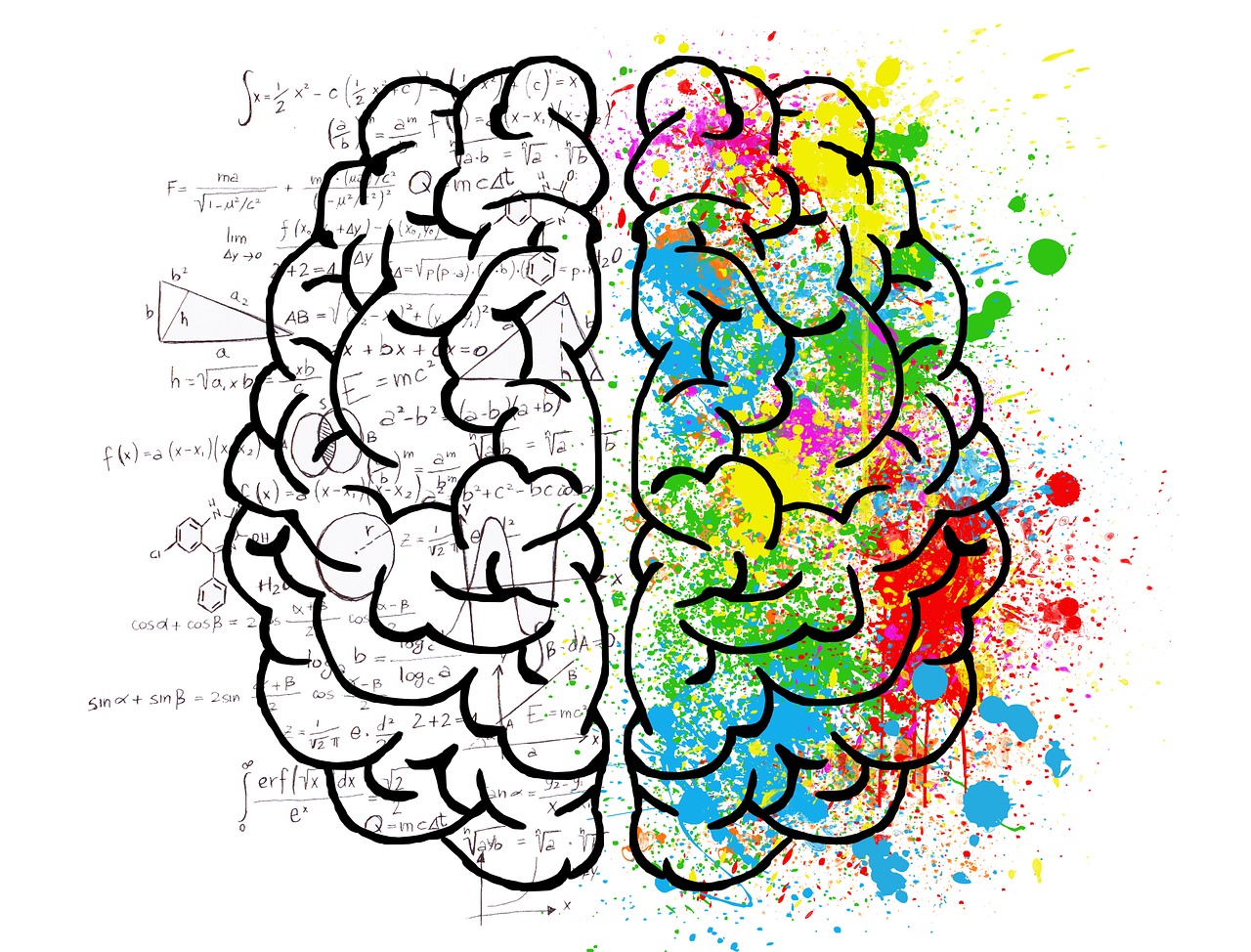Brain Creativity
A warm welcome to the brain creativity section of the website. There are three different types of brain waves, alpha, beta, and theta.
Theta waves are the second-lowest frequency of brain waves with a typical cycle rate of four to seven times per second or 4Hz to 7Hz. They tend to be associated with dreaming, the early stages of sleep and enhanced brain creativity.
“Creativity is the ability to produce work that is novel, useful, or aesthetically pleasing; the process of creating. The product may be a physical object, a work of art, a musical composition, a plan or design, a mathematical proof, a recipe, a pattern, a pattern or an answer to a question.”

Pre-adolescent children have a brain-wave pattern that is rich in theta-waves whereas in adults these waves are much rarer and usually only occur during what is known as the hypnagogic state, which is a transitional state between wakefulness and sleep.
This could, therefore, be an explanation as to why children are much more creative than adults. A child’s waking state is comparable to what an adult can only experience in that dream like state immediately prior to falling asleep. Children are much more open to crazy ideas, thoughts, and perceptions.
Some adults are able to tap into the creative fruitfulness of theta states. In the Thomas Alva Edison page, there is a discussion on how Edison used to put his hypnagogic theta brain wave state to work.
The great surrealist, Salvador Dali also used to tap into the semi-sleep based hypnagogic state to assist with ideas for his sketches. He would use a similar technique to Edison and then as he awakes he would quickly sketch the bizarre images that he pictured in his mind’s eye.
A number of creativity tests have been created over the years that aim to assess an individual’s creative ability.
Is brain creativity located in the left or the right side?
Right brain and left brain distinctions were based largely on the studies of 40 “split-brain” patients (people who had had their brains surgically altered so as to treat seizures or other neurological problems) in the 1960s. During these studies, significant differences of function were noticed between the left and right sides of the brain.
This data from the aforementioned studies were further analyzed in the 1980s. Problems with the findings included the fact that split-brain patients don’t have normal brains, to begin with.
It is now known that nobody has a split brain. The two halves of the brain are in fact connected by a structure called the corpus callosum.
No particular location or side of the brain is associated directly with creativity.

How does the brain handle creativity?
When someone is being creative they are in fact utilizing many different regions of the brain. Each region networks with other regions to assist with the particular stage of the creative process that a person is at.
The brain is a supercomputer, capable of extraordinary feats of memory and imagination, and capable of making decisions and making plans.